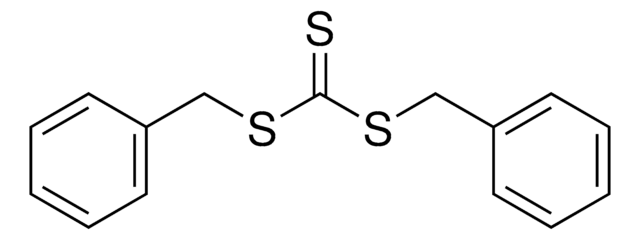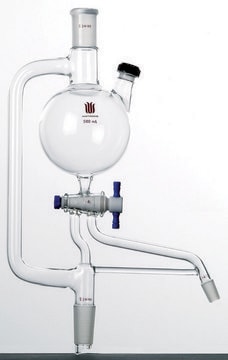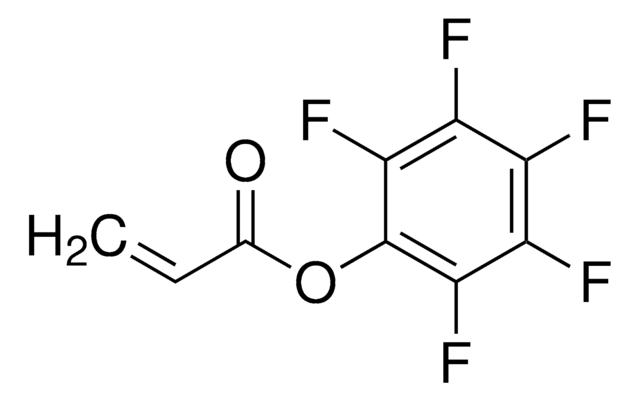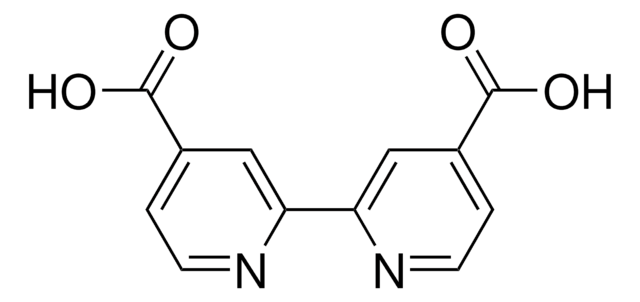929352
(S,R,S)-AHPC-di-trimethylamide-dioxodisulfide-carbonate ester
Sinónimos:
S-(1-(((((3R,5S)-1-((S)-2-((tert-butoxycarbonyl)amino)-3,3-dimethylbutanoyl)-5-((4-(4-methylthiazol-5-yl)benzyl)carbamoyl)pyrrolidin-3-yl)oxy)carbonyl)oxy)-2-methylpropan-2-yl) methanesulfonothioate
About This Item
Productos recomendados
ligand
VH032
Ensayo
≥95%
Formulario
powder
grupo funcional
disulfide
temp. de almacenamiento
2-8°C
cadena SMILES
CC(C)(C)OC(N[C@@H](C(C)(C)C)C(N1[C@@H](C[C@H](C1)OC(OCC(C)(C)SS(C)(=O)=O)=O)C(NCC2=CC=C(C3=C(C)N=CS3)C=C2)=O)=O)=O
InChI
1S/C33H48N4O9S3/c1-20-25(47-19-35-20)22-13-11-21(12-14-22)16-34-27(38)24-15-23(45-30(41)44-18-33(8,9)48-49(10,42)43)17-37(24)28(39)26(31(2,3)4)36-29(40)46-32(5,6)7/h11-14,19,23-24,26H,15-18H2,1-10H3,(H,34,38)(H,36,40)/t23-,24+,26-/m1/s1
Clave InChI
AZAVKYSXGOPVNY-RMTZWNOUSA-N
Aplicación
Technology Spotlight: Degrader Building Blocks for Targeted Protein Degradation
Protein Degrader Building Blocks
Otras notas
Antibody Conjugation of a Chimeric BET Degrader Enables in vivo Activity
Small-Molecule PROTACS: New Approaches to Protein Degradation
Targeted Protein Degradation: from Chemical Biology to Drug Discovery
Impact of linker length on the activity of PROTACs
Información legal
Código de clase de almacenamiento
11 - Combustible Solids
Clase de riesgo para el agua (WGK)
WGK 3
Elija entre una de las versiones más recientes:
Certificados de análisis (COA)
It looks like we've run into a problem, but you can still download Certificates of Analysis from our Documentos section.
Si necesita más asistencia, póngase en contacto con Atención al cliente
¿Ya tiene este producto?
Encuentre la documentación para los productos que ha comprado recientemente en la Biblioteca de documentos.
Nuestro equipo de científicos tiene experiencia en todas las áreas de investigación: Ciencias de la vida, Ciencia de los materiales, Síntesis química, Cromatografía, Analítica y muchas otras.
Póngase en contacto con el Servicio técnico


![Bis[2-(2-bromoisobutyryloxy)undecyl] disulfide 97%](/deepweb/assets/sigmaaldrich/product/structures/340/293/c46f0349-d50c-48d8-899f-e42b09fae485/640/c46f0349-d50c-48d8-899f-e42b09fae485.png)




![4-Cyano-4-[(dodecylsulfanylthiocarbonyl)sulfanyl]pentanoic acid 97% (HPLC)](/deepweb/assets/sigmaaldrich/product/structures/204/925/30ae6ca0-5b0b-4963-a061-7e5e3d1a85af/640/30ae6ca0-5b0b-4963-a061-7e5e3d1a85af.png)
